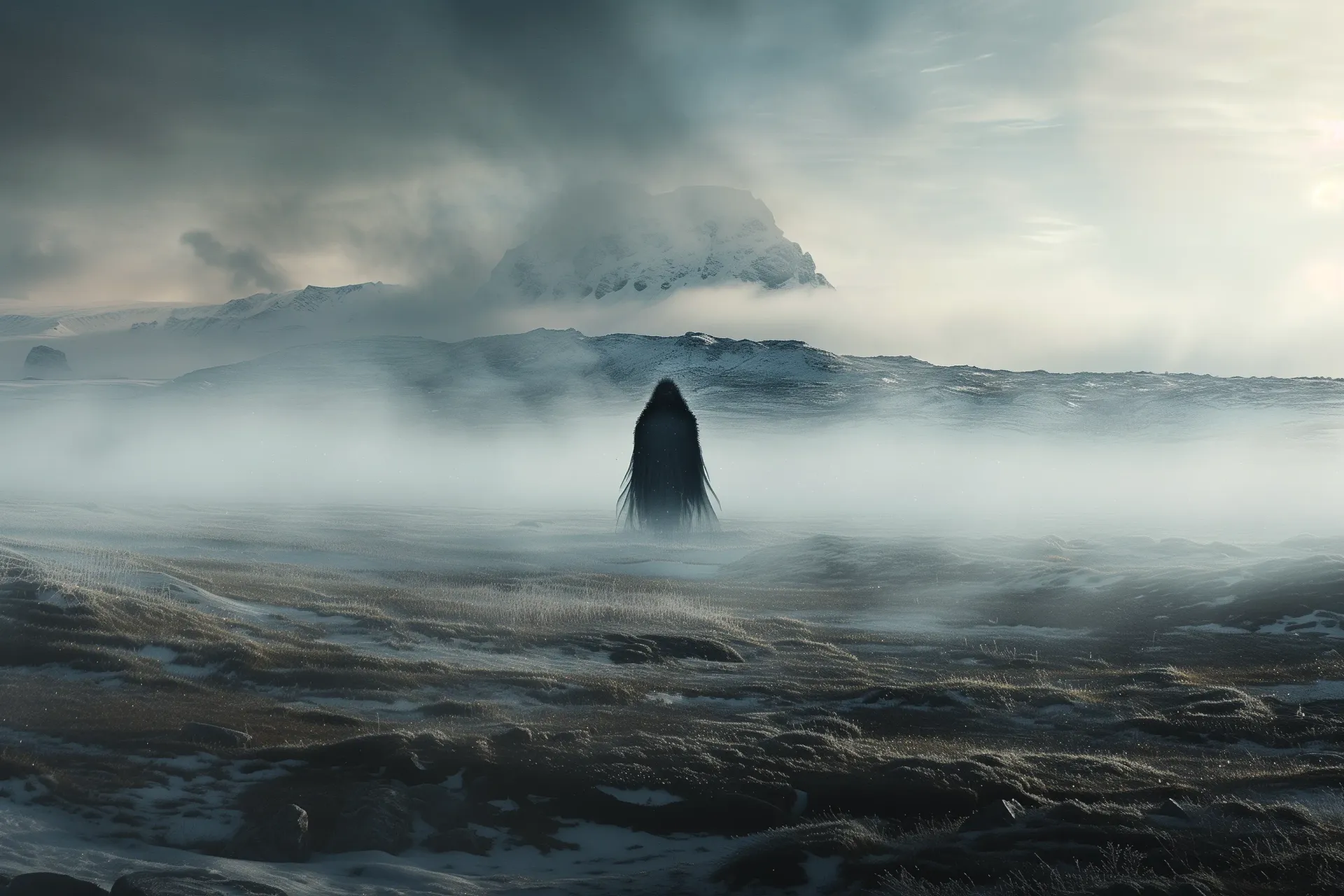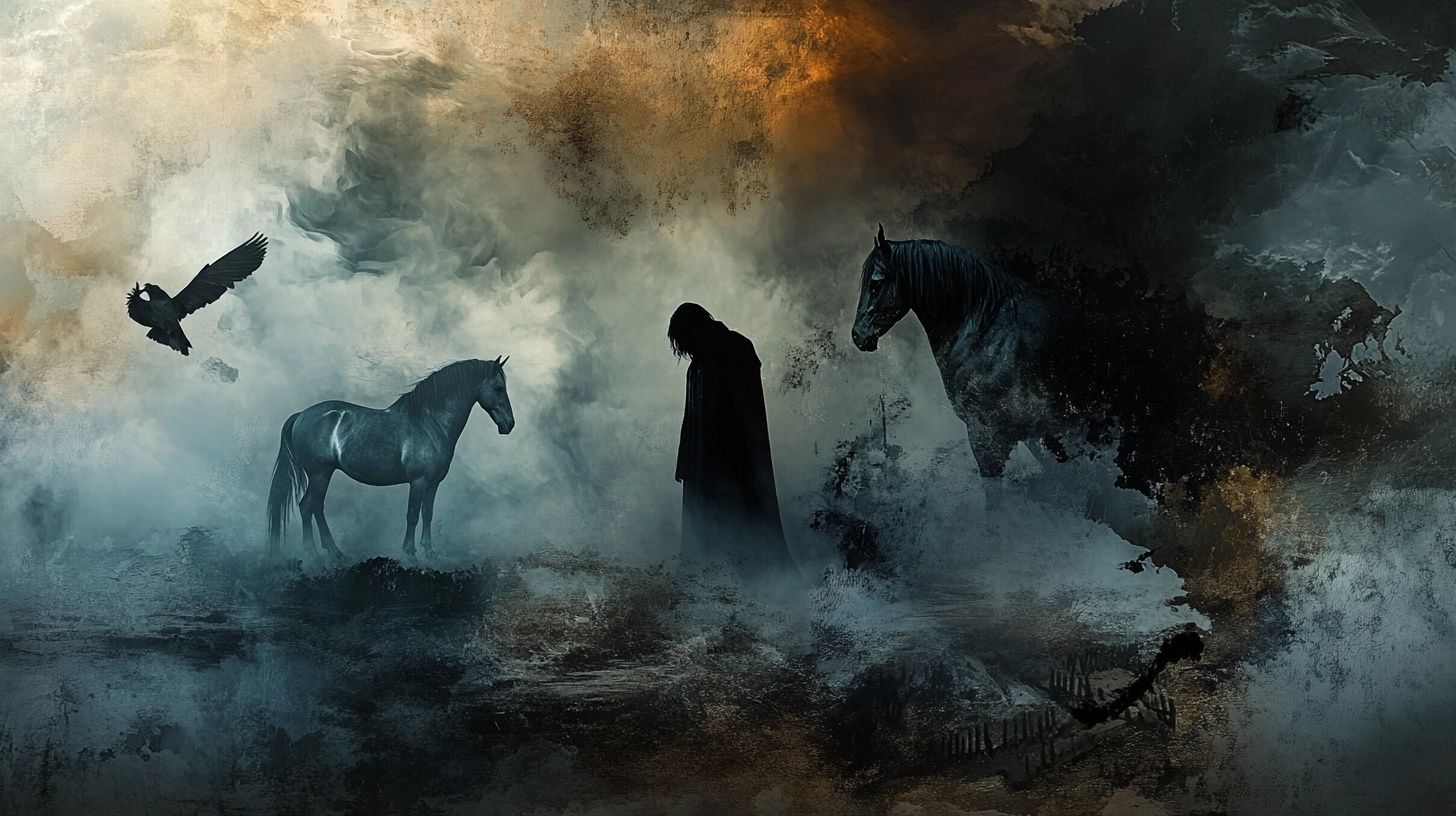Scottish superstitions: short stories of ancient beliefs & old wives tales
In this article:
- Witch superstitions in Scotland
- Tests & punishments of witchcraft
- The evil eye
- The tongues
- Illnesses & cures
- Protective charms & amulets
- Symbolic sacrifices & superstition
- Marriage superstitions & rituals
- Mystical plants
- Mystical animals
- Humans with mystical powers
- Fortune-telling and predictions
- Supernatural & ghostly superstitions
Superstitions are a fascinating part of folklore from countries all over the world, and those from old Scotland are no different.
From fears of the supernatural to superstition around the perfect marriage (not sure that one’s been figured out yet), here are some of the most prominent old superstitions from Scottish folklore.
Published: 12th Jan 2025
Author: Mythfolks
Witch superstitions in Scotland
For centuries, but especially in the Middle Ages, superstitions around witches in Europe were widespread.
The general belief was that these people had extraordinary powers granted through pacts with supernatural beings, often Satan (and many other superstitions in this article are often inter-linked with or were caused by these beliefs).
These beliefs were heavily amplified by King James VI of Scotland (later King James I of England when the crowns merged) and his book “Daemonologie” undoubtedly played a significant role in fear and superstitions around witches.
The supposed witch powers included controlling the weather, casting curses and causing or curing diseases. Some claimed to predict the future or summon spirits to do their bidding.
The powers were also sometimes believed to be passed through "familiar spirits," who were thought to act as tutors for witches.
For example, witches reportedly learned spells to mimic biblical miracles, such as turning water into wine or calling down fire from the heavens.
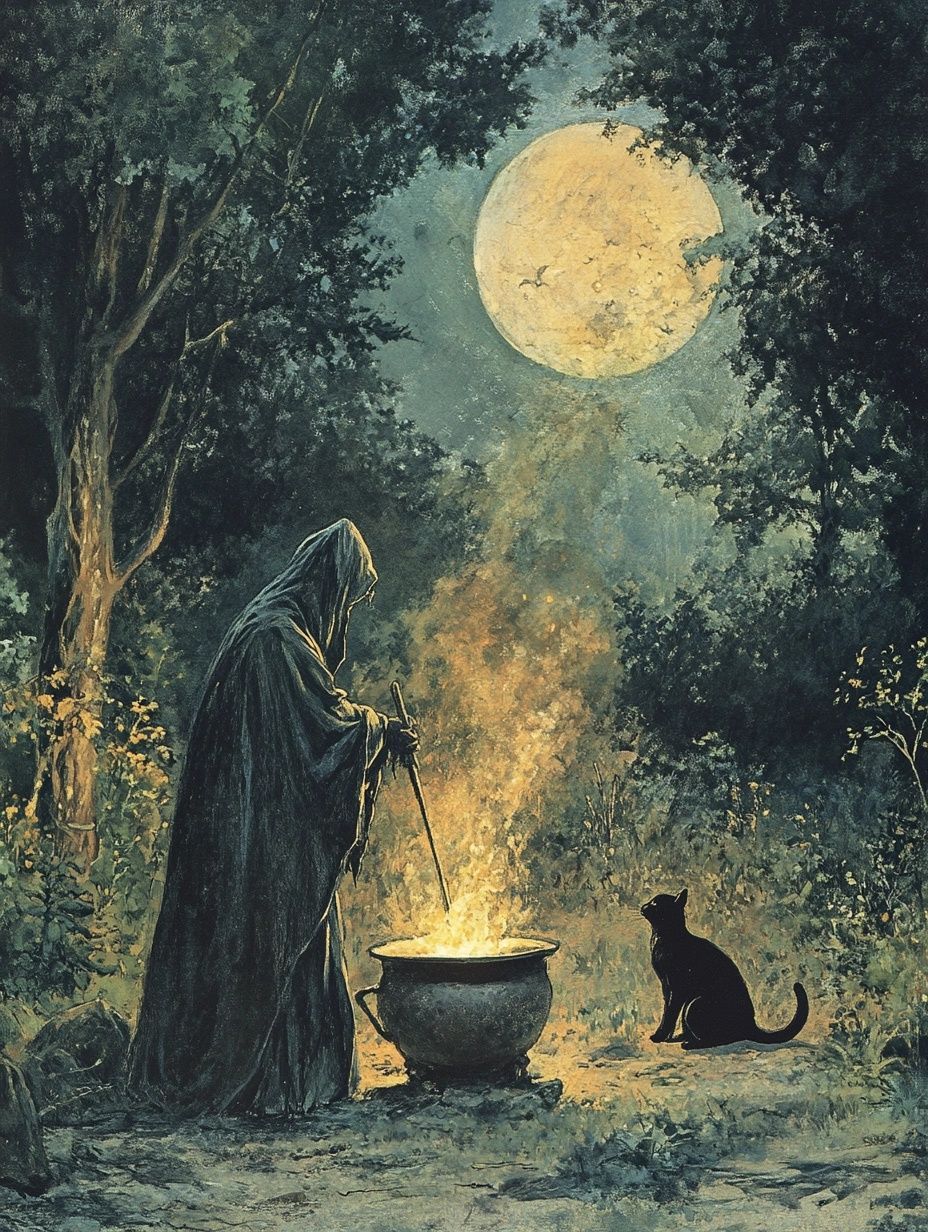

Tests and punishments of witchcraft
It was this fear and superstition that shaped the harsh methods used to identify and punish suspected witches in Scotland (and elsewhere).
Accusations were often rooted in local fears, bad luck or inexplicable events.
Tests to prove witchcraft included pricking the accused for "witch marks” - spots believed to lack sensation - or the infamous swimming test, where floating indicated guilt.
These tests reflected the belief that witches had supernatural immunity or connections to the devil.
Punishments were brutal, with executions by hanging or burning common.
Public displays of punishment served as both a deterrent and a ritualistic "cleansing" of the community.
The evil eye
This superstition is still very much alive in modern mythology - the evil eye is the belief in the power of an evil glare to cause harm, particularly through envy or hostility.
In Scotland and Scottish folklore history, it was blamed for everything from dying livestock to sick children. People believed that an envious glance could "overlook" its target, leaving them cursed.
To protect themselves, Scots hung rowan branches over doors, tied charms to cattle and invoked blessings when complimenting someone, to make sure admiration didn’t turn into misfortune.
This fear wasn’t reserved for enemies - anyone with a “strange” or intense gaze could be suspected.
The effects of the evil eye were said to be immediate and devastating.
Farmers accused neighbors of cursing their crops or livestock after a single glance and sudden deaths or illnesses often spurred accusations of witchcraft.
Remedies included spitting, reciting charms or transferring the “curse” into objects like stones or wood.
The belief crossed social classes, with even educated people avoiding those thought to possess the dreaded power.


The tongues
Another part of the anatomy, like the evil eye in Scottish superstition, tongues - both human and animal - were believed to hold mystical properties.
Speaking ill or uttering curses was thought to invoke supernatural harm, while blessings could offer protection or healing.
The power of words was deeply respected, with phrases or chants often used in rituals to influence events or ward off bad luck.
Animal tongues played a role in magical practices, such as using the tongue of a toad in charms or carrying the dried tongue of an animal as a talisman.
Silence also carried symbolic weight; for example, remaining silent during certain ceremonies was thought to amplify their efficacy.
The cultural admiration for spoken and unspoken words underscored a belief in their ability to bridge the natural and supernatural worlds.
Illnesses and cures
Scottish superstition also claimed that illnesses could be caused, transferred or stored for later by supernatural means, with witches naturally being perceived as the ones causing the problems.
To counter this, people performed rituals to transfer the illness into objects or animals, or they washed the sick and carefully threw away the water to stop the curse from spreading.
Superstitions around curing different illnesses - supernatural or otherwise - included a wide range of remedies blending folk medicine and mystical practices.
Herbs like agrimony, ripple grass, borage and sage were used in food, salves or lotions to treat various conditions.
Sometimes, dangerous plants, such as foxglove, were also employed despite their toxicity, with records of deaths caused by their misuse.
Rituals were central to these cures, with herbs often gathered at dawn or midsummer and paired with chants or invocations.
Some remedies also involved burning items or using enchanted stones to ward off sickness and other treatments included smearing black wool or butter on the afflicted or exposing them to the smoke of burning materials.
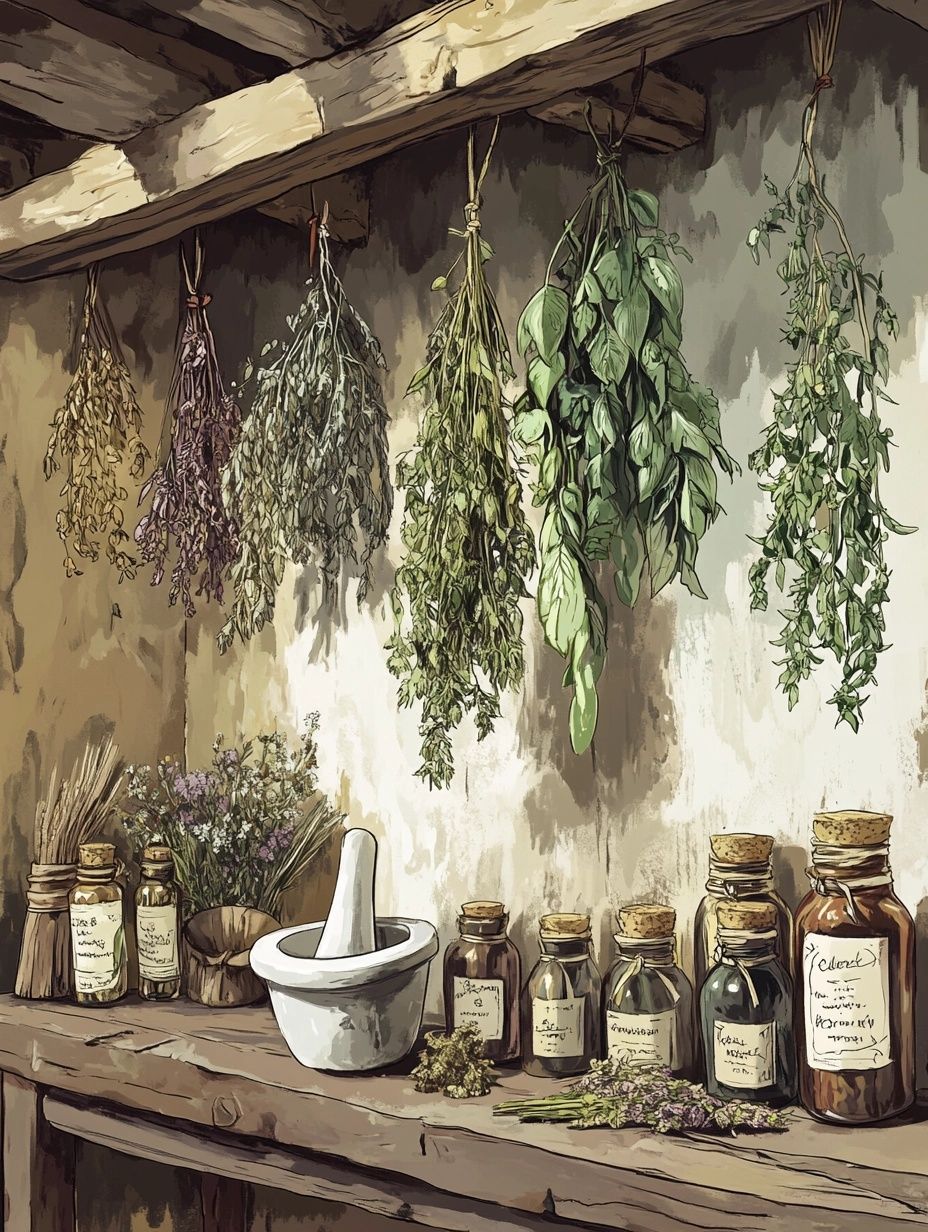
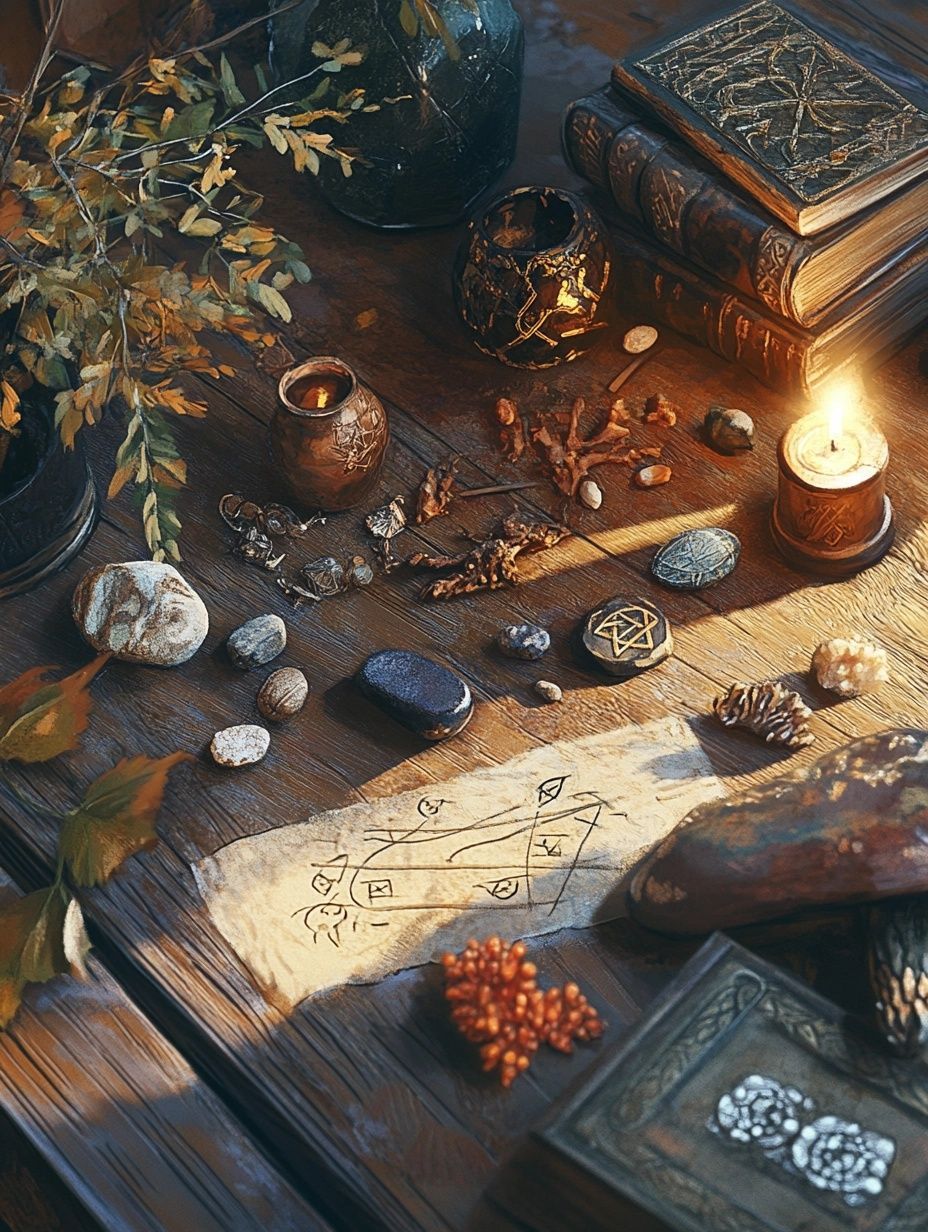
Protective charms and amulets
With fear heightened by supernatural beliefs in witches, it’s no surprise that beliefs in protective items like amulets were equally rife.
These items included natural items like stones, plants and animal parts, as well as crafted objects inscribed with symbols or prayers.
Popular examples included the rowan tree, used to ward off witches, and adder stones, believed to repel evil spirits and cure illnesses.
Stones from Iona, sacred to Saint Columba, were highly prized, as were curing stones dipped in water to treat livestock illnesses.
Other amulets included coral for epilepsy, the toad stone for protection in battle and mole’s feet to ensure prosperity.
Some charms combined natural properties with mystical rituals, such as boiling enchanted stones to create healing potions.
Horse shoes were nailed to doors to bring luck and block evil forces and fox heads were used for similar purposes.
Symbolic sacrifices & superstition
Scottish superstitions often mirrored ancient sacrificial practices through symbolic acts.
At the festival of Beltane, herdsmen baked cakes with nine lumps on their surface, each piece dedicated to a protective or destructive force.
A piece was drawn randomly, and the chosen individual symbolically "sacrificed" by leaping through the fire.
In some cases, dying animals were buried alive to save the rest of the herd, seen as an offering to protect the remaining livestock.
Other customs included waving newborns over flames to purify them or throwing symbolic offerings like bread and salt into fire or water for protection.
Some rituals echoed ancient beliefs, such as invoking spirits or appeasing gods through symbolic destruction, like the burning of a sick ox or scattering salt as an offering.
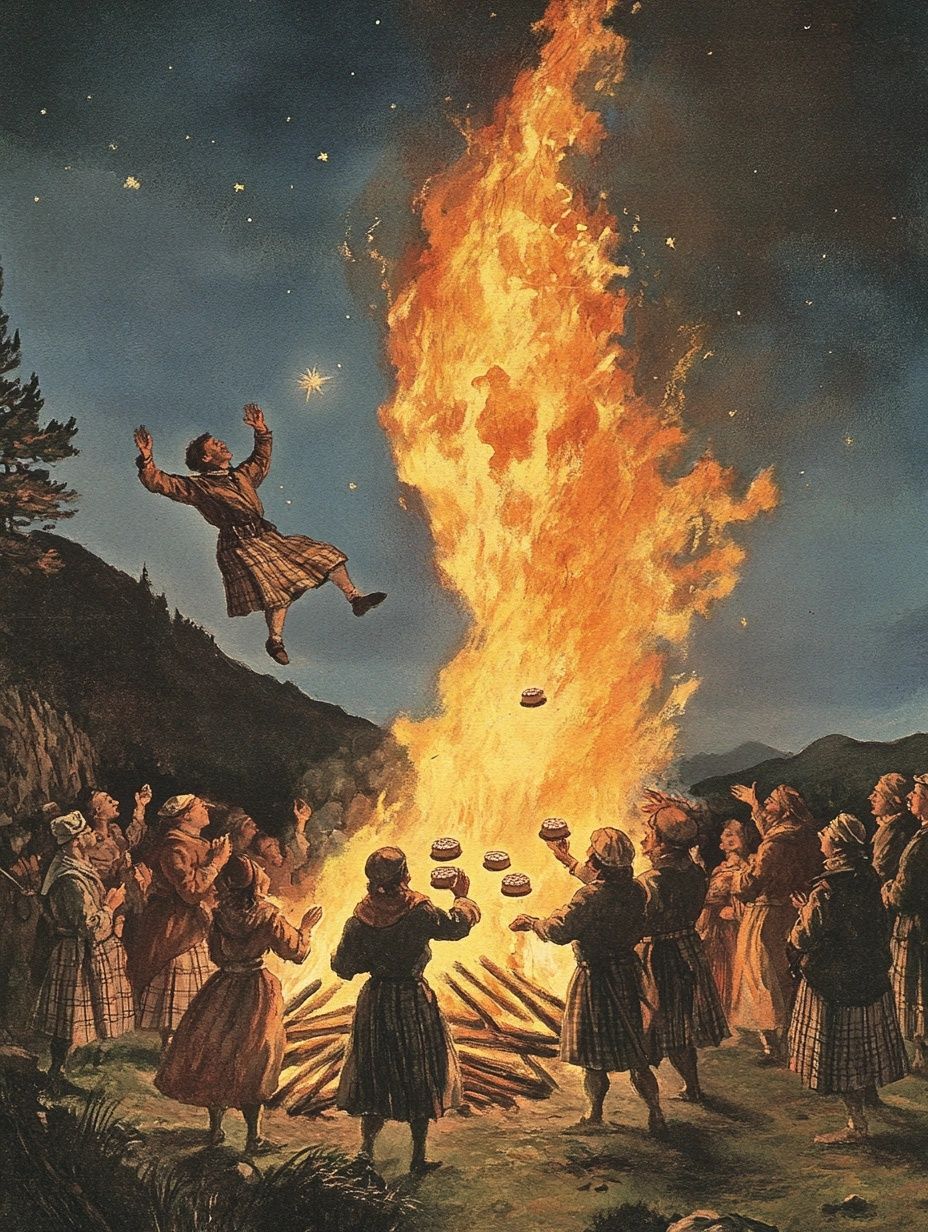

Marriage superstitions and rituals
Scottish marriage superstitions were deeply tied to customs aimed at protecting the union and ensuring fertility.
Carrying the bride over the threshold stopped her from touching the ground and losing her "virtues," while bridesmaids avoided standing at too many weddings, or they believed they would be doomed to spinsterhood.
Parts of the couple’s clothing, like the bridegroom’s gloves, were seen as lucky charms, with guests often competing to grab them during the ceremony.
Rituals included burning nuts or performing ceremonies with water and mirrors to predict love and harmony in the marriage.
Feasting was central to weddings, but excesses like drunkenness and violence at “penny weddings” prompted church and legal interventions.
Other customs included loosening all knots in the bride and groom’s clothing to prevent malicious spells, as knots were thought to block fertility.
Charms, veils and careful attention to the timing of weddings - avoiding certain days and months - reflected a belief that unseen forces could influence the success of a marriage
Mystical plants
Mystical plants held deep significance in Scottish folklore and this is common all around the world.
Trees like the rowan, elder and thorn were considered sacred, frequently planted near homes or churches to protect against witches and evil spirits.
Disturbing these trees, such as taking a branch or fruit, was believed to invite sickness or disaster.
The elder tree, in particular, was thought to prevent sorcery, with some legends claiming anyone stepping over its shadow would die within the year.
Juniper was burned as a purification ritual, especially in the Highlands, where it was used to protect cattle and ward off bad luck.
Ritual practices also surrounded fir trees, used in ceremonies involving fire.
Plants like mistletoe and heather were gathered under specific conditions, such as at dawn or during festivals, to amplify their mystical powers
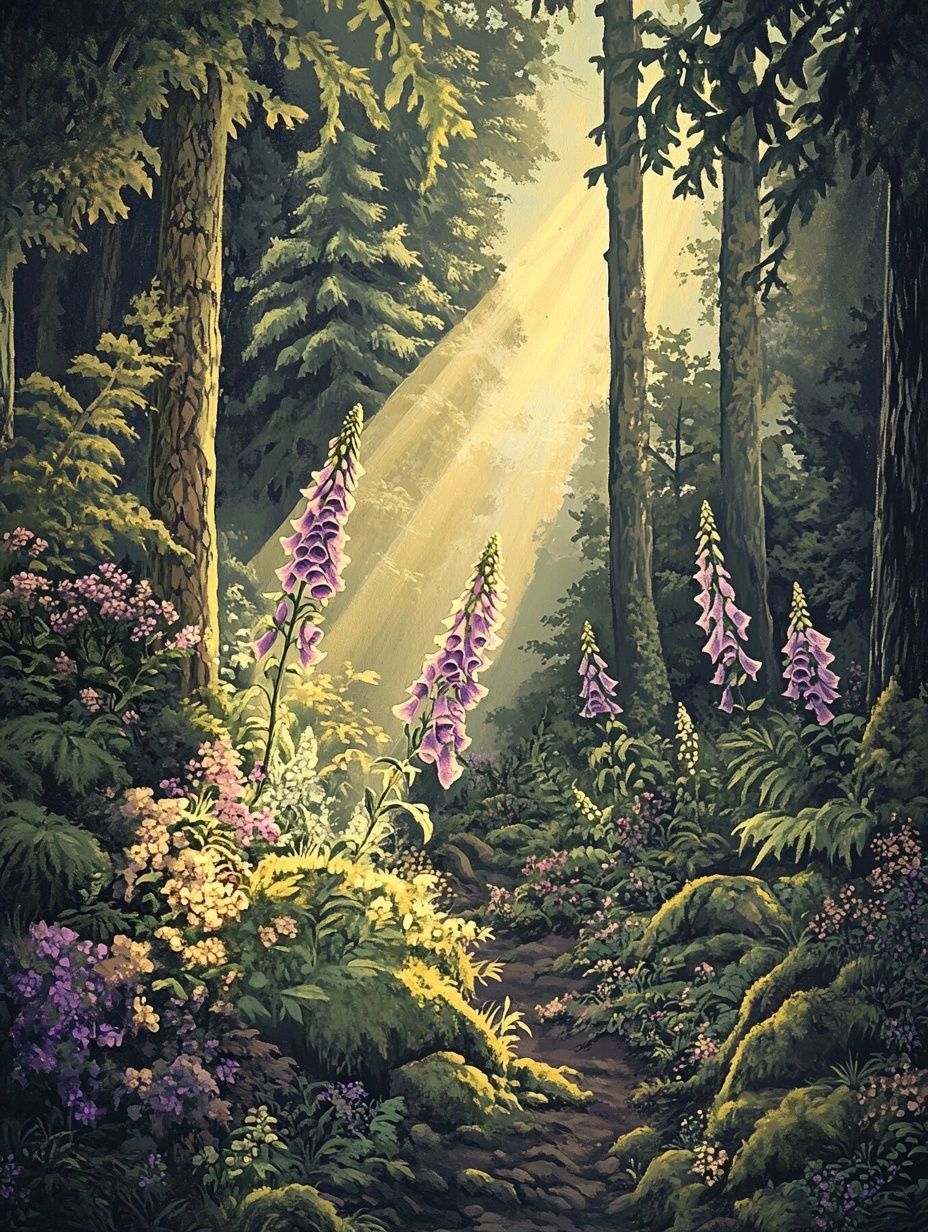
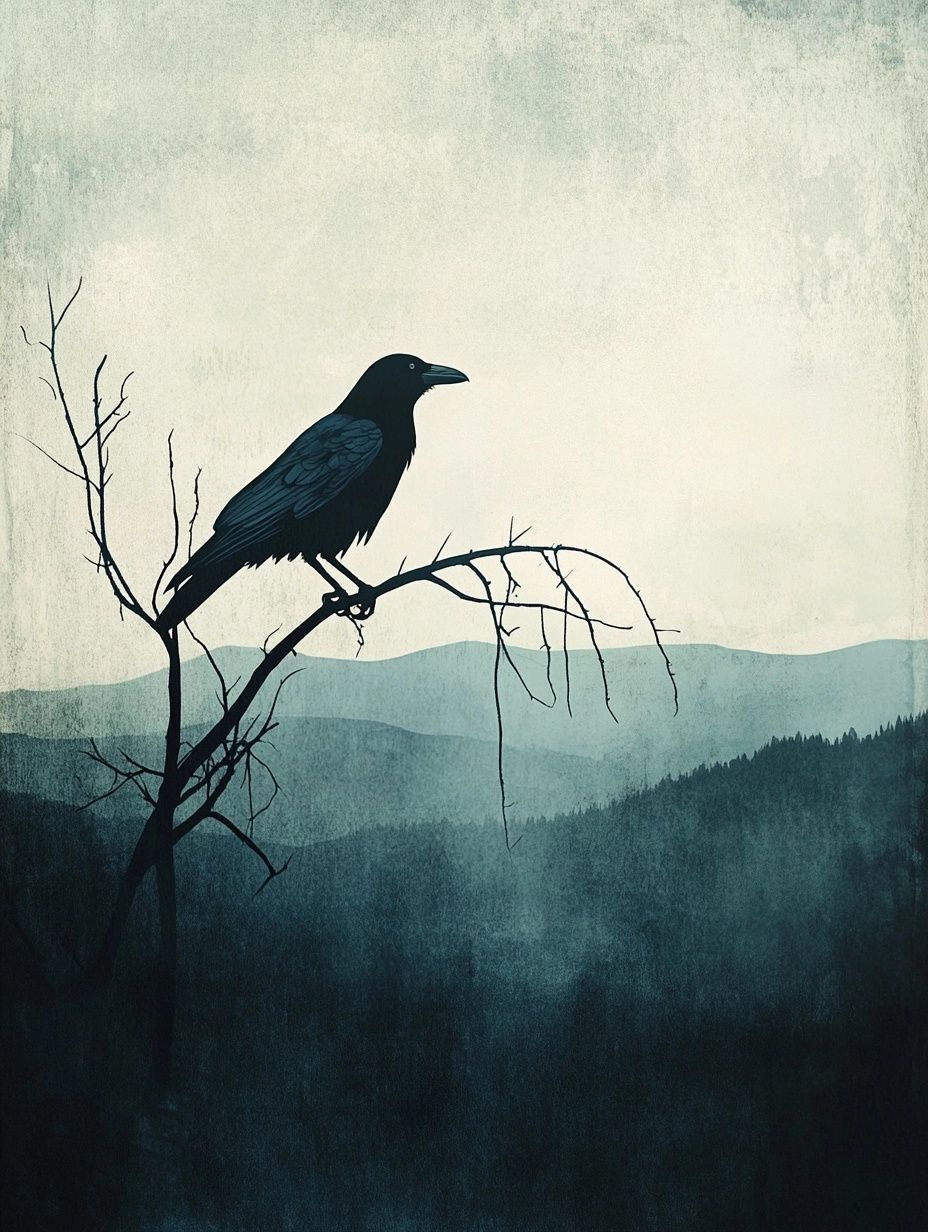
Mystical animals
Animals in Scottish folklore were often believed to hold supernatural powers.
The black cat, a notorious animal in global folklore, was considered both a bringer of luck and a companion to witches, depending on the context.
Ravens and crows were seen as omens of death, their appearance linked to battles or impending tragedy (also discover the Valravn from Danish folklore for more on this superstition).
Livestock, particularly cows, were seen as vulnerable to curses, causing farmers to use protective charms (like the rowan branches previously mentioned) tied to their tails or horns.
Other animals were thought to offer protection. Dogs, especially large black ones, were believed to guard against evil spirits, while toads and frogs were sometimes used in charms or magical rituals.
Birds like owls were symbols of mystery, often connected to omens of change or death.
Humans with mystical powers
While belief in supernatural witches was common, it was also believed that other certain individuals were thought to possess extraordinary or mystical traits that set them apart.
Physical features, such as red hair, were sometimes associated with supernatural origins, despite being common among the ancient Caledonians (and indeed still today!).
Peculiar abilities, such as claiming divine ancestry or performing unexplainable feats, often elevated these individuals to worshipped or feared status.
In some cases, imperfection, rather than extraordinary skill, could fuel beliefs in their mystical nature.
Scottish legends also tied mystical individuals to miraculous deeds or divine protection. Stories included figures who were immune to fire or injury, a supposed mark of their connection to the supernatural.
While some of these individuals sought to create sects or gain followers, others were mere victims of society’s credulity, where physical quirks or strange habits were enough to stir suspicions of mystical power.
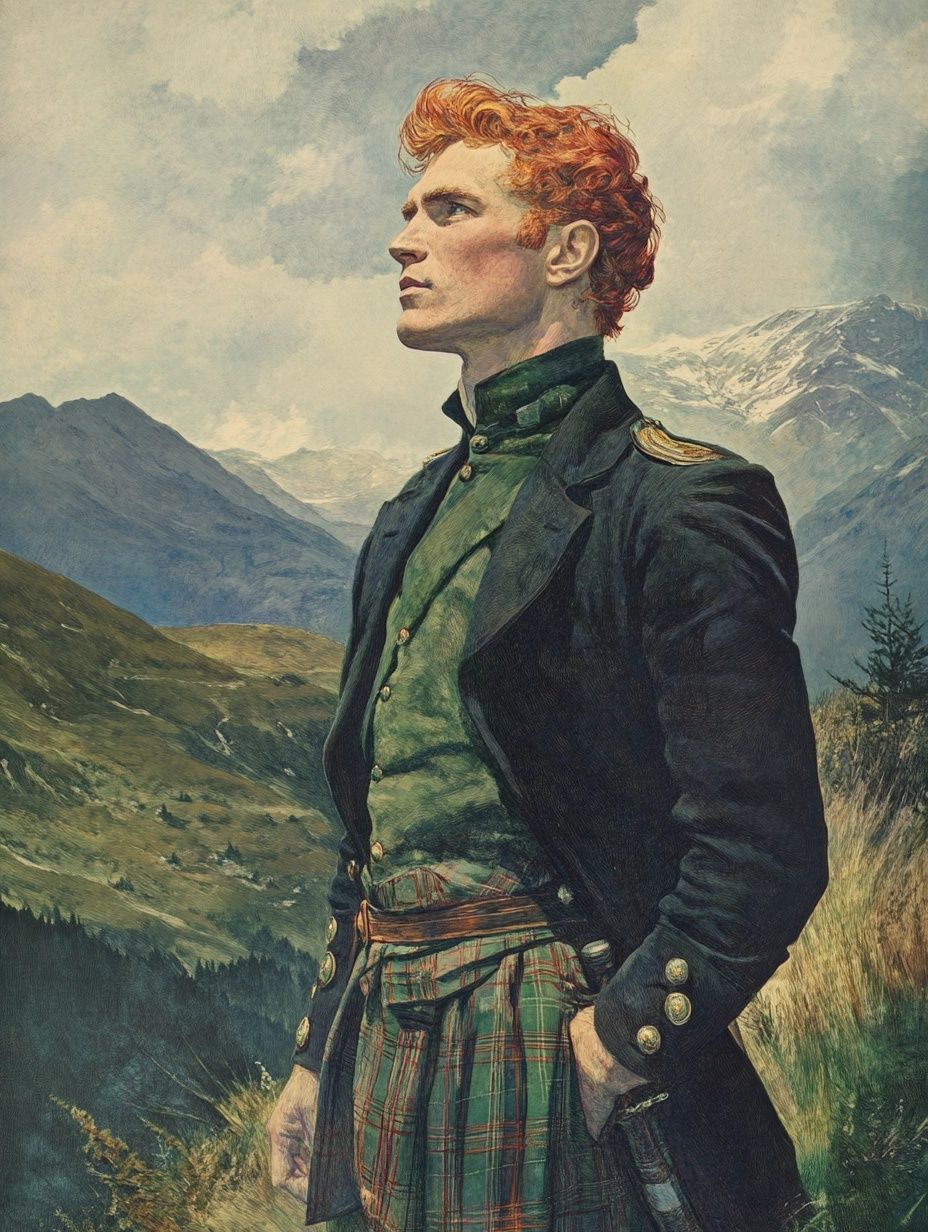
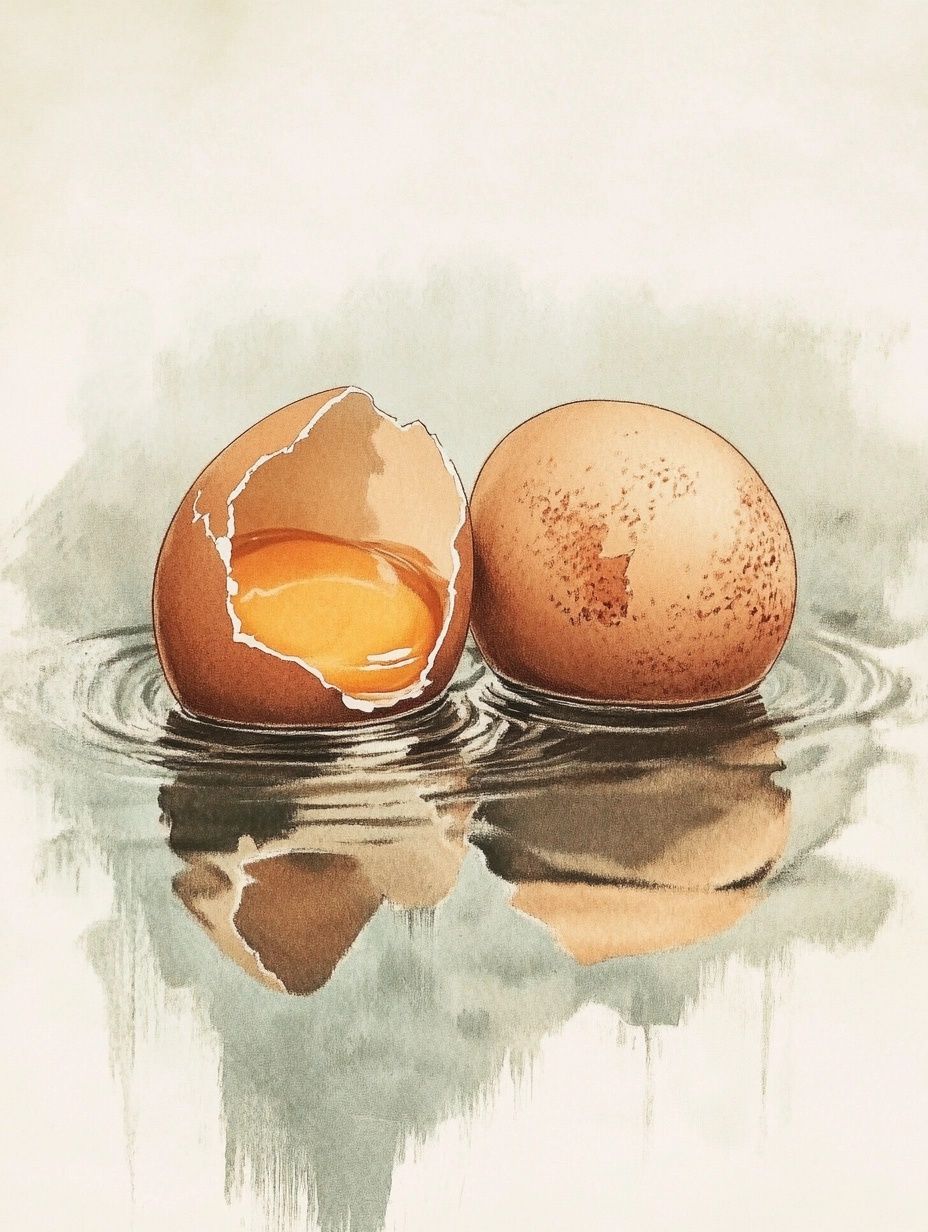
Fortune-telling and predictions
Scottish superstitions about predicting the future included practices like second sight, interpreting omens and divination using objects or natural elements.
Second sight allowed individuals to see distant events or future occurrences, often linked to visions or dreams.
Divination used everything from stones and water to the shoulder blades of animals, which were inspected for marks or lines to predict deaths, battles or even infidelities.
Other methods included hydromancy, where objects were dropped into water, or interpreting the flight and sounds of birds.
Personal rituals, such as cracking eggs into water to reveal the face of a future spouse, were especially popular (no, really!).
Even everyday items like bibles, keys or mirrors were used in rituals to uncover hidden truths or foretell events
Supernatural & ghostly superstitions
In Scottish folklore, spectral illusions - ghostly figures, strange lights and phantom sounds—were often seen as omens or supernatural warnings.
These phenomena were attributed to spirits, witchcraft or curses, rather than natural causes.
Apparitions of loved ones were sometimes thought to predict death, while more sinister visions were believed to mark the presence of dark forces.
Misunderstood natural effects, such as shadows or atmospheric changes, often fueled these beliefs and
stories about ghostly creatures were sewn into local Scottish lore.
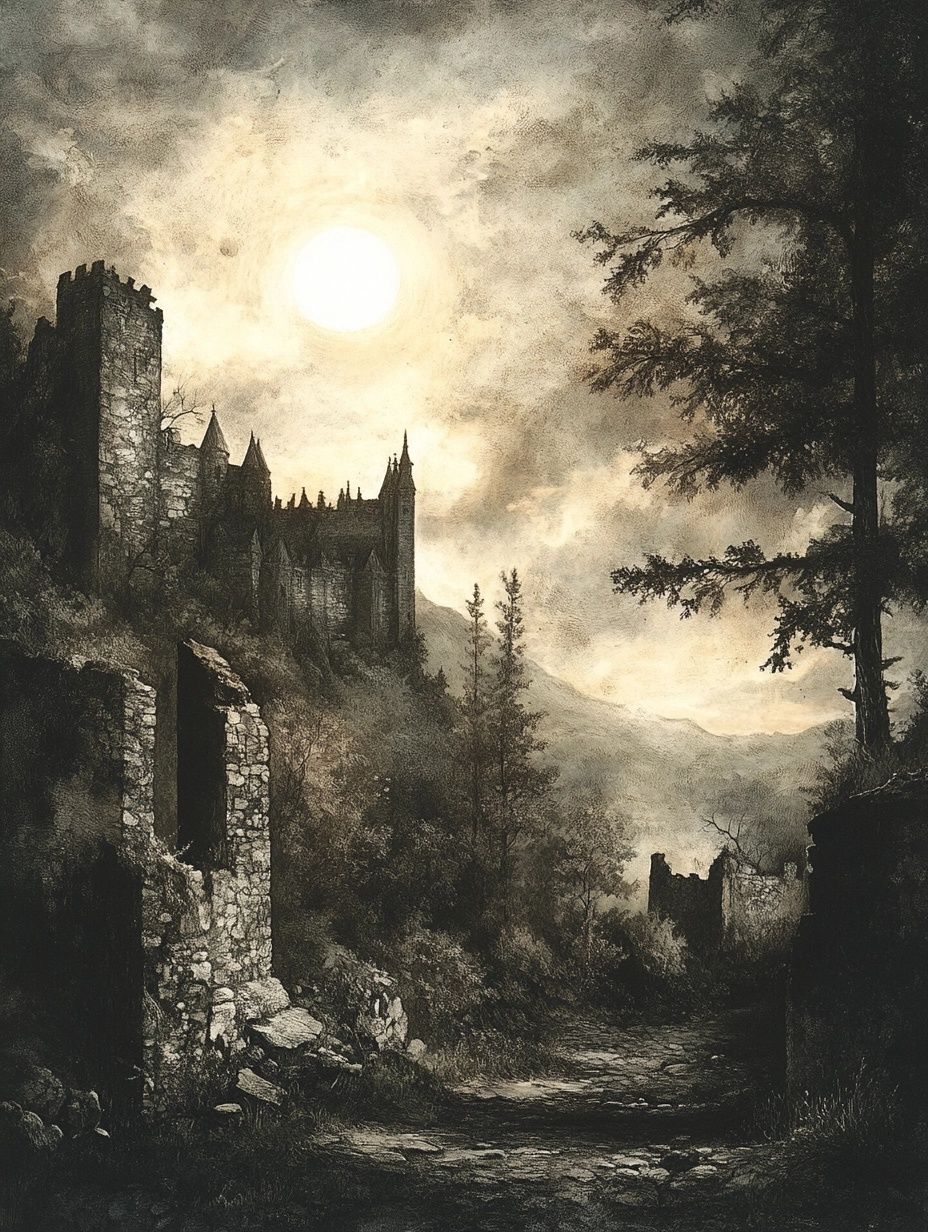
There is a lot of cultural crossover in folklore and while the themes of these ancient Scottish superstitions aren't unique, some of the particulars certainly are (here's looking at you red!).
If you enjoyed this, make sure to check out my overview on Scottish folklore & mythical creatures here.
Article sources
- Dalyell, John Graham. The Darker Superstitions of Scotland: Illustrated from History and Practice. Edinburgh: Waugh and Innes, 1834.
More folklore from Scotland
Fascinating myths, legends and folktales from the most northern part of the UK.
More folklore from Europe



